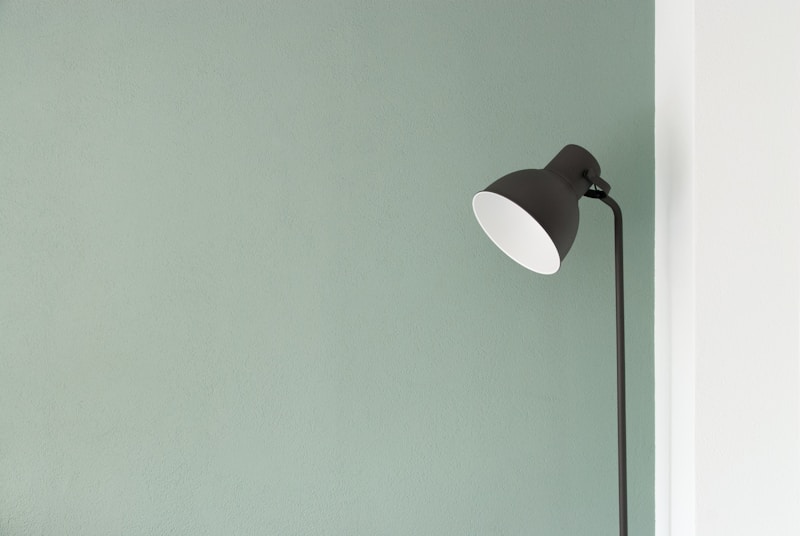Exploring Minimalist Decor Concepts: A Guide to Simplifying Your Space
In recent years, minimalist decor concepts have gained immense popularity in interior design. This trend emphasizes the beauty of simplicity and the importance of decluttering our spaces. In this guide, we will delve into various minimalist decor concepts, tips for implementation, and the impact of minimalism on our daily lives.
Understanding Minimalism
Minimalism is more than just a design style—it's a lifestyle choice that encourages living with less and appreciating what we have. The core principle of minimalist decor is to create functional, aesthetically pleasing spaces without the excess. This approach not only enhances the visual appeal of our environments but also promotes a sense of calm and clarity.
Key Principles of Minimalist Decor Concepts
To embrace a minimalist lifestyle, it’s essential to understand the key principles that define this aesthetic. Here are some foundational elements:
- Functionality: Every item in a space should serve a purpose. Unnecessary decor or furniture should be removed to maintain a clean look.
- Neutral Color Palette: Minimalist spaces often feature a muted color scheme, with whites, greys, and earthy tones dominating the palette.
- Quality Over Quantity: Invest in high-quality pieces that will last, rather than filling a space with a multitude of cheap decorations.
- Clutter-Free Spaces: Decluttering is essential to minimalist decor. Each item should have a designated place, contributing to a more serene environment.
Popular Minimalist Decor Concepts
Here are some popular minimalist decor concepts that you can incorporate into your home:
| Concept | Description |
| Scandinavian Minimalism | Emphasizes functionality and natural materials, often featuring light color schemes and warm textures. |
| Japanese Zen | Focuses on natural elements, simplicity, and tranquility, incorporating traditional Japanese aesthetics. |
| Industrial Minimalism | Utilizes raw materials and a neutral color palette, often showcasing exposed brick, metal, and wood. |
Implementing Minimalist Decor in Your Space
Transitioning to a minimalist decor style can seem daunting at first, but it can be achieved through careful planning and execution. Here are some steps to guide you through the process:
1. Declutter Your Space
The first step to minimalist decor is decluttering. Start by going through each room and identifying items that you no longer use or need. Consider the following tips:
- **One In, One Out Rule:** For every new item you purchase, consider removing an old one.
- **Storage Solutions:** Utilize smart storage options to keep your space organized.
- **Sentimental Items:** Only keep items that hold genuine sentimental value; this will help minimize excess clutter.
2. Choose a Neutral Color Scheme
Minimalist decor frequently incorporates a neutral color palette. Select shades that feel calm and cohesive. Here are some color ideas:
- Whites – for a clean and airy feel.
- Beige and Greys – to add warmth and sophistication.
- Earthy Tones – bringing nature inside enhances a calming atmosphere.
3. Invest in Functional Furniture
When selecting furniture, focus on pieces that are functional and stylish. Consider these aspects:
- Multi-purpose furniture, such as a coffee table that doubles as a storage unit.
- Simple lines and shapes that embody a minimalist design.
- Quality materials that will stand the test of time.
4. Incorporate Natural Elements
Integrating natural materials can enhance your minimalist decor. Here are some elements to consider:
- Wooden furniture for a warm, organic feel.
- Plants to add life and freshness to your space.
- Textiles like linen and cotton to softening the minimalist look.

The Psychological Benefits of Minimalism
Adopting minimalist decor concepts can yield significant mental health benefits. Here’s how:
- Reduced Stress: A clutter-free environment can reduce anxiety and promote relaxation.
- Enhanced Focus: A simplified space can help improve concentration and productivity.
- Improved Well-Being: Living with less may lead to a greater appreciation for your surroundings and the things you own.
Common Questions About Minimalist Decor
Here are some frequently asked questions regarding minimalist decor concepts:
- **How can I start a minimalist decor journey?** Begin by decluttering your space and making intentional choices when selecting furniture and decor.
- **Is minimalism suitable for families?** Absolutely! Families can embrace minimalism by focusing on shared spaces and multifunctional items.
- **Can I add personal touches?** Yes! While minimalism emphasizes simplicity, you can still incorporate personal elements that reflect your style.
Conclusion
Embracing minimalist decor concepts is a rewarding journey that can transform your living spaces into serene havens. By prioritizing functionality, quality, and simplicity, you can create an environment that not only looks good but also enhances your well-being. As you embark on this journey, remember to declutter carefully, choose a neutral palette, invest in quality pieces, and incorporate natural elements. Enjoy the process, and let your space reflect the minimalist aesthetic you desire.
In summary, minimalism is not just an aesthetic choice, but a way of living that promotes peace, clarity, and satisfaction. As you simplify your space, you may find yourself simplifying your life in other beneficial ways. Happy decorating!